5 fun, easy photo projects you can do at home with just your phone
If you're self-isolating at home due to the coronavirus, don't think there's no opportunity to flex your photography muscles -- there are plenty of ways you can sharpen up your creative photography at home using just your phone, whether you're shooting on an iPhone 11 Pro, Galaxy S20 Ultra, Pixel 4 or another, older phone.
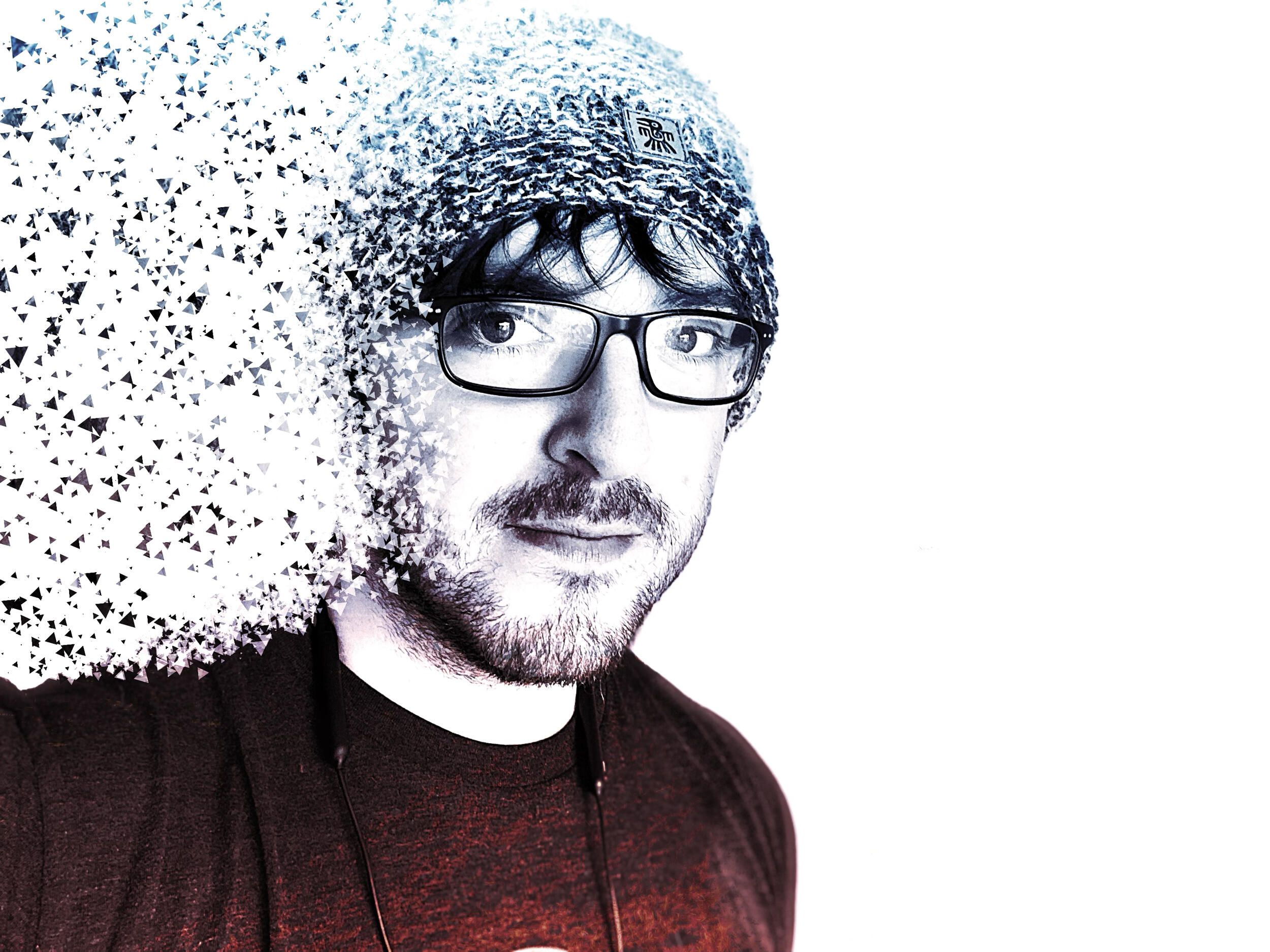
It might be tempting to sit around watching Netflix all day, but trying new creative challenges can not only help keep your mind focused, it can also teach you some new skills you can put to use later on. If nothing else, it might just stave off boredom a bit longer.
I've put together a few of my favorite ideas for creative challenges that you can do with your phone without needing to leave your own home.
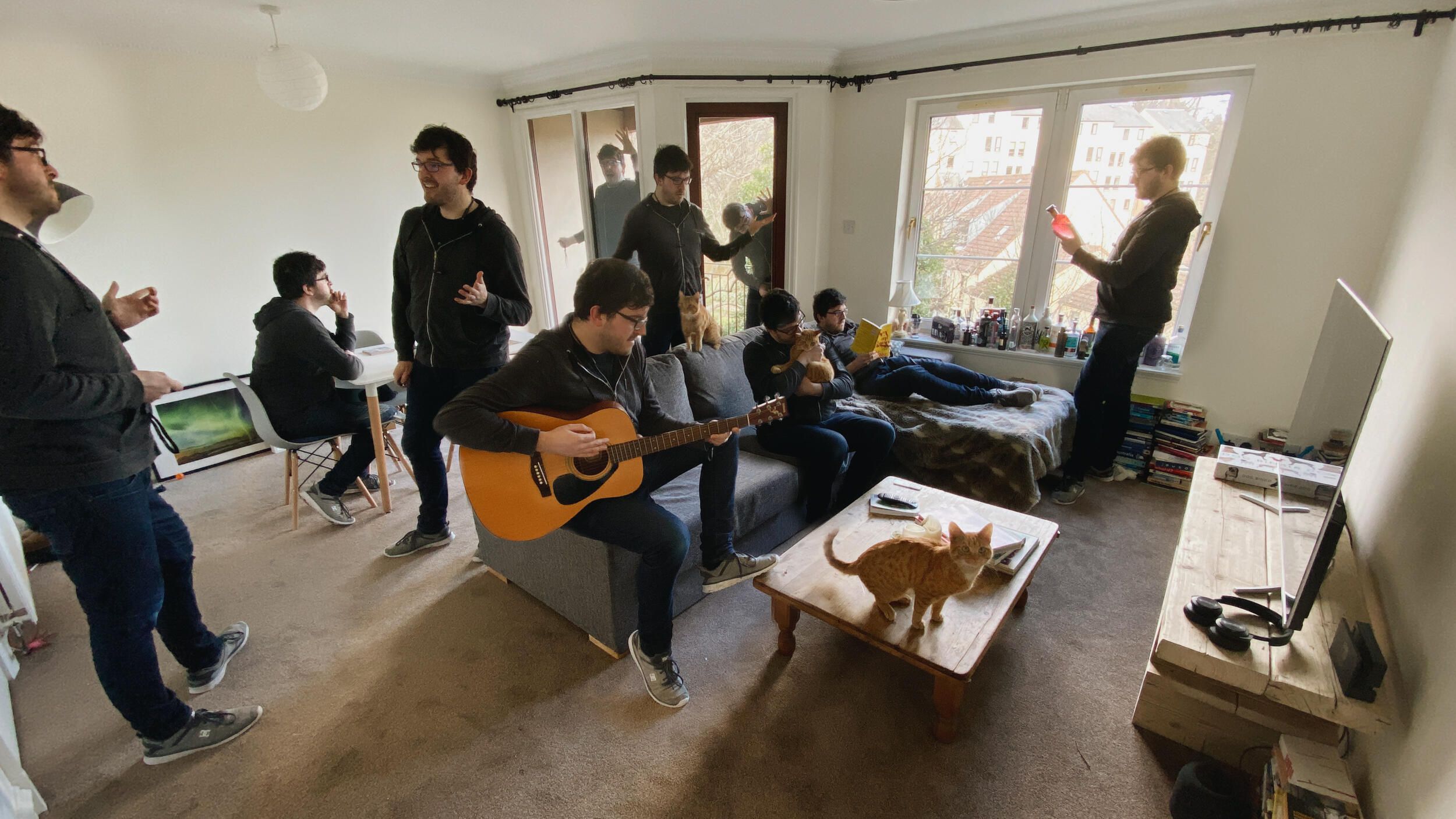
1. Make a creative composite
Composite photography means blending different photographic elements from multiple images into one finished shot. At a basic level, it can be used to simply replace a sky on a landscape image, but with some experimentation it can offer endless opportunities for creativity.
In my instance, I wanted to composite myself into the same scene multiple times -- almost as though it's showing all the different things I could be up to throughout the day in one image.
Putting it together was pretty straightforward. Here's how:
1. Put the phone on a tripod.
2. Frame your shot as required using the lens options, if available.
3. Either set your phone on a 10-second timer, or use a Bluetooth remote.
4. Get into your scene and take an image.
5. Move into multiple positions, taking an image each time.
6. Blend the images together in Photoshop by layering them on top of each other and erasing the areas you don't want.
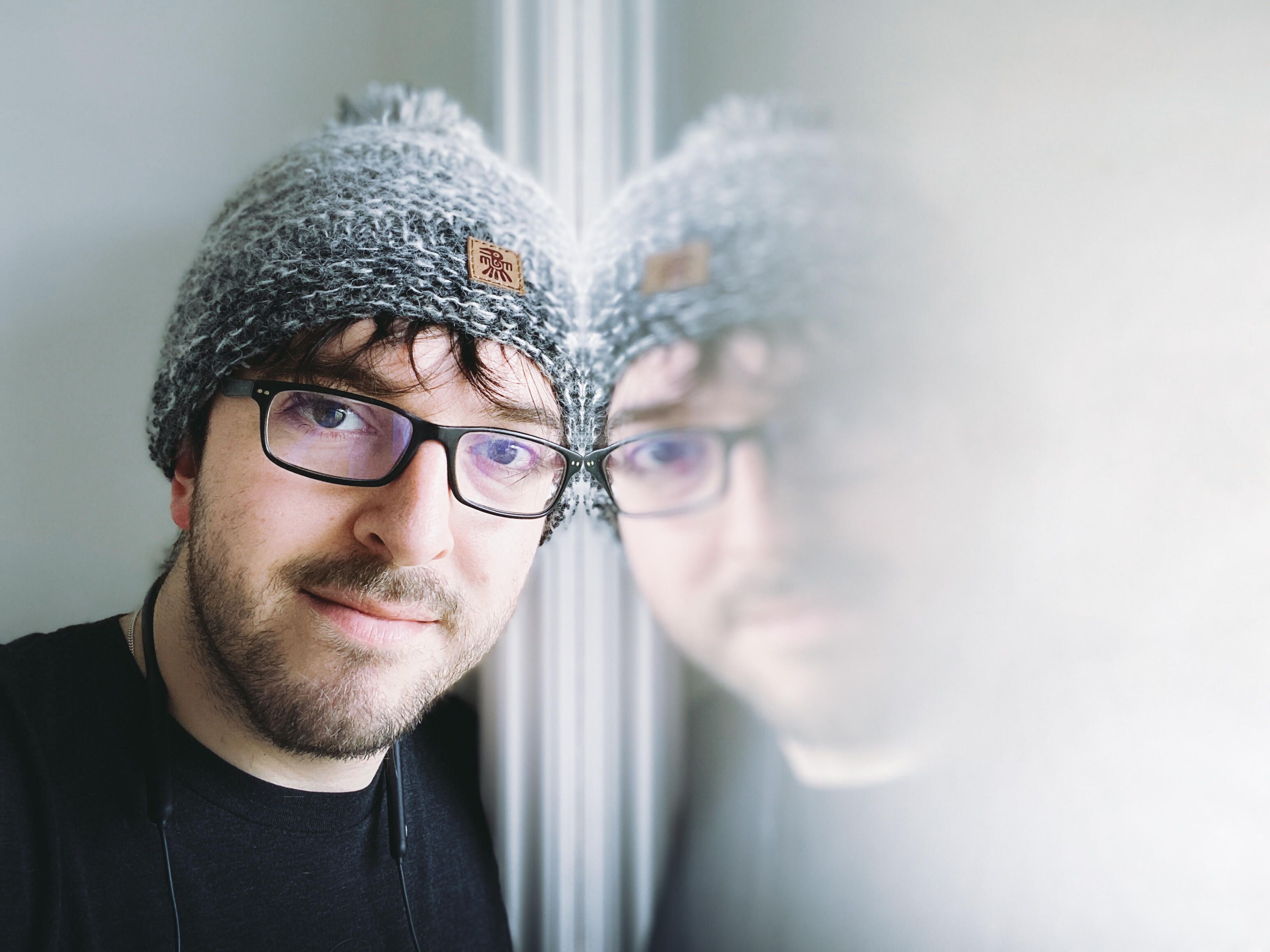
2. Practice portraits
Being stuck at home can be a great time to hone your portrait photography. Whether you're taking a photo of a partner, a family member, a flatmate, or even your pet, there's interesting subject matter all around you. Live alone? No problem, flip that camera and use the selfie mode, or even put your phone on a tripod if you have one and start mugging for the camera -- or working on your still life setup (more on that below).
Look around your house and see where you think could make for an interesting scene. Perhaps you have an old leather chair that someone could pose in. Maybe you have an unusual rug that you could have your subject lie on so you can shoot from above. You can also try some shots looking wistfully out of the window.
Experiment with the lighting too. Natural light coming in from windows is your best bet, so doing shots near them is a good place to start. But maybe there's a cool lamp you could use as a single, moody light source to lend some artistic drama to the shot. You could also grab an LED light panel from Amazon and try adding your own lighting.
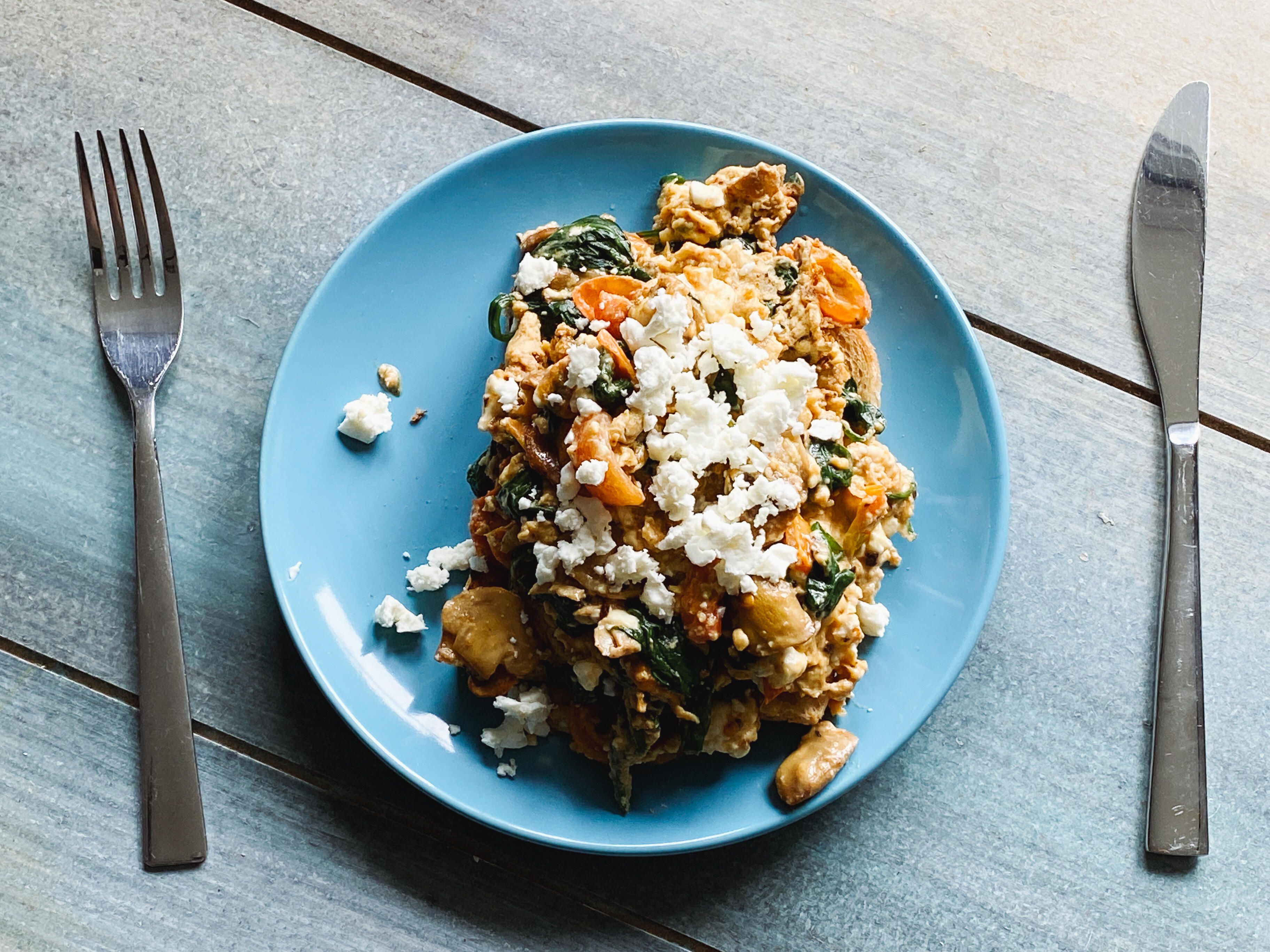
3. Still life scenes
Still life could include lots of different types of shots -- from bright and airy top-down shots of a lovely salad or freezer meal you've made, to product photos of your laptop, games controller, new shoes or indeed anything you think could photograph well. You could even just grab a nice selection of things from around your house that, when artfully arranged, could make for a nice image.
The lighting principles are much the same as with your portraits. Use windows where possible as these likely provide the biggest, brightest light sources in your house. Food photographers regularly use natural light in their imagery to keep that realistic lifestyle look to their shots. Play around with where you're positioning your subjects and try shooting from different angles to get the light in just the right place.
4. Make a short film
Making a short film can be great fun as you have to think about multiple different elements of production. First, of course, is what your film should be about. Maybe you want to try and film a gritty crime drama with your family as the cast. Perhaps it's about your pet cat and the things they get up to during the day.
My short film was all about the process of making a lovely cup of tea. After deciding on what film I wanted to make, I then thought about what steps would be involved in filming the process. For your crime drama, this would be when you're writing a script and working out what shots you need to get to put it all together.
Making a cup of tea is a very formulaic process, so knowing what to film was easy: filling the kettle with water, waiting for it to boil, pouring the water and so on. I added some extra scene-setting footage at the beginning and an ending shot of me enjoying the tea I'd made.
It was shot entirely on my iPhone 11 Pro, using an Edelkrone slider that lets you create smooth, sliding motion to your shots and an anamorphic lens by Moment, to give that cinematic wide aspect ratio look. I edited it in Adobe Premiere on my MacBook Pro ($1,010 at Amazon), but you could easily edit your own film in iMovie directly on your iPhone or using Adobe Premiere Rush on your Android phone.
I really enjoyed the process as it forced me to think not only about angles and lighting as I would in my normal photography, but also about how to visually tell a story that made sense to someone watching. It was great fun trying to be more experimental with my shooting and editing style, too, so it was definitely a great way to spend a few hours at home on a quiet afternoon.
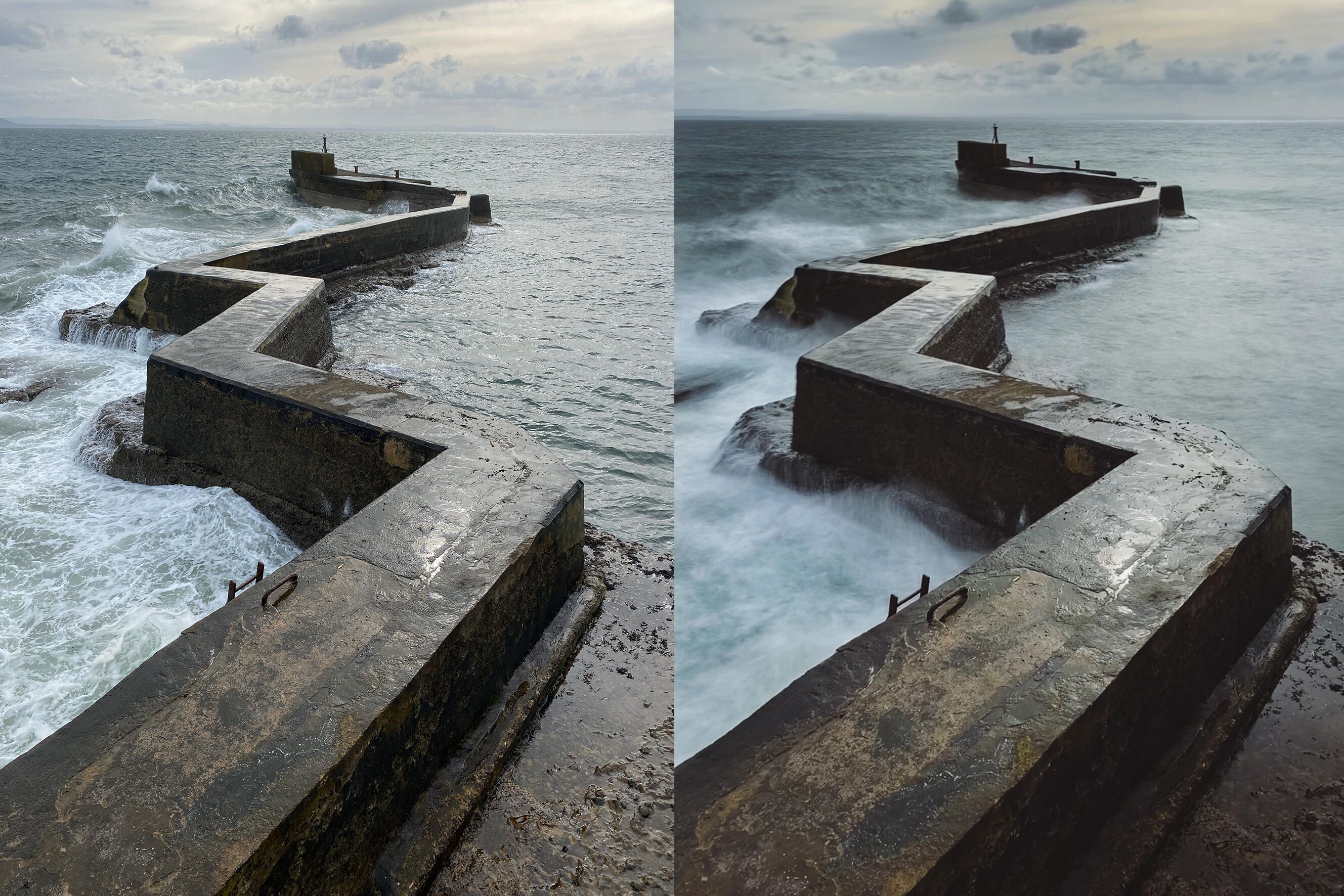
5. Work on your editing
You might not be able to go out and shoot a whole series of new images, but that doesn't mean you can't make great use of images you've already taken.
Both the Android and iOS app stores are full of apps that offer a wealth of creative editing options for your images, with a seemingly infinite number of filters, frames and funky flair you can apply.
Snapseed is a favorite of mine and it's free on both platforms. It has a variety of color filters available (including ones that give your scene a punchy "HDR" look as well as more vintage tone options) but it also provides more in-depth editing tools such as the ability to selectively paint brightness into just the areas you want. You can also get more creative with apps like Photofox and Bazaart, both of which I used to create the self portrait at the top of this article.
My advice is to have a browse through your gallery on your phone, looking back at the weeks, months or years of shots you've taken. Mark the ones that really stand out as your favorites, then settle down onto your sofa with your drink of choice, fire up some editing apps and go to town on your shots.
Not only might you breathe some creative new life into photos you'd long since forgotten about, but you may also learn some valuable new techniques to put into action when you're finally able to get out shooting again.
You should read it
- Top 5 best photography apps on iPhone and Android phones
- Basic instructions for using iPhone 6, iPhone 6 Plus
- iPhone 11 Pro has an unlikely rival in this 7-year-old phone
- 8 photo editing apps for Android or iPhone
- Apple will use AI and infrared to improve iPhone's photo quality
- Full list of iOS 13.4 features you should know
- iPhone SE vs. iPhone X: Don't buy that refurbished phone just yet
- How to take pictures in ProRAW mode on iPhone
May be interested
- How to put a face on a photo 'I have grown up, double it' on the phone
 you can make a big picture of a grandchild, double it with just a few simple steps with the picsart application on your phone
you can make a big picture of a grandchild, double it with just a few simple steps with the picsart application on your phone - How to Make your phone look more aesthetically pleasing
 want to make your phone look more eye-catching? there are many easy, economical and fast ways to bring your iphone or android phone to life. these ways range from adding pretty accessories to changing the look of your home screen. tipsmake today will teach you how to make your phone more aesthetically pleasing.
want to make your phone look more eye-catching? there are many easy, economical and fast ways to bring your iphone or android phone to life. these ways range from adding pretty accessories to changing the look of your home screen. tipsmake today will teach you how to make your phone more aesthetically pleasing. - How to fondle a cat in Adorable Home is easy to get a heart
 the cats in adorable home are mostly lucky, but with the tips below i hope you will not get lightning when stroking cats in the game.
the cats in adorable home are mostly lucky, but with the tips below i hope you will not get lightning when stroking cats in the game. - Make distilled water at home because it's incredibly easy: Here's how
 if you're stuck at home and you need distilled water, it's easy to make it yourself with some basic cookware.
if you're stuck at home and you need distilled water, it's easy to make it yourself with some basic cookware. - How to get back the original edited photo on Samsung phone
 on samsung phones, there is an extremely useful and interesting feature that is to return an edited photo to the original photo if the user no longer likes the edited photo.
on samsung phones, there is an extremely useful and interesting feature that is to return an edited photo to the original photo if the user no longer likes the edited photo. - The simple way to boost mobile phone signal strength in your home
 in theory, there will be two reasons for poor signal strength, which may be your service provider's fault or may be due to materials blocking signals and structures in your own home.
in theory, there will be two reasons for poor signal strength, which may be your service provider's fault or may be due to materials blocking signals and structures in your own home. - Top 3 simple photo editing software easy to use on computers 2020
 top 3 simple photo editing software easy to use on computers 2020. the demand for photo editing is increasing, photo editing software is becoming more and more. but photo editing software with all basic functions, easy to use is always the choice
top 3 simple photo editing software easy to use on computers 2020. the demand for photo editing is increasing, photo editing software is becoming more and more. but photo editing software with all basic functions, easy to use is always the choice - 8 best projects eliminated by Google
 behind all of google's successes lies a graveyard full of failed projects. from google podcasts to android things, these are the best projects google has dropped.
behind all of google's successes lies a graveyard full of failed projects. from google podcasts to android things, these are the best projects google has dropped. - How to Email Photos from a Cell Phone
 sending photos from a smartphone via email is quite easy. typically, you'll use two apps, one to browse your camera roll and one to send email. on your android phone, you can use the gmail and photos apps (or the photo gallery app you usually use to view photos on your phone). as for the iphone, we will use the mail and photos applications.
sending photos from a smartphone via email is quite easy. typically, you'll use two apps, one to browse your camera roll and one to send email. on your android phone, you can use the gmail and photos apps (or the photo gallery app you usually use to view photos on your phone). as for the iphone, we will use the mail and photos applications. - 6 Reasons Obsidian is Used for In-Depth Research Projects
 research projects can get messy quickly, so having the right tool is essential—one that seamlessly connects your thoughts and ideas while still being easy to use.
research projects can get messy quickly, so having the right tool is essential—one that seamlessly connects your thoughts and ideas while still being easy to use.










 Best wired TV streamers to save your home Wi-Fi bandwidth
Best wired TV streamers to save your home Wi-Fi bandwidth How to change the default zoom level on Safari macOS
How to change the default zoom level on Safari macOS How to fix 'Kernel Driver Not Installed (rc = -1908)' on Mac
How to fix 'Kernel Driver Not Installed (rc = -1908)' on Mac 8 tricks to 'free' Mac drive
8 tricks to 'free' Mac drive How to change the background image for the Sidecar screen on iPad
How to change the background image for the Sidecar screen on iPad How to Set Google As Your Homepage on Mac
How to Set Google As Your Homepage on Mac